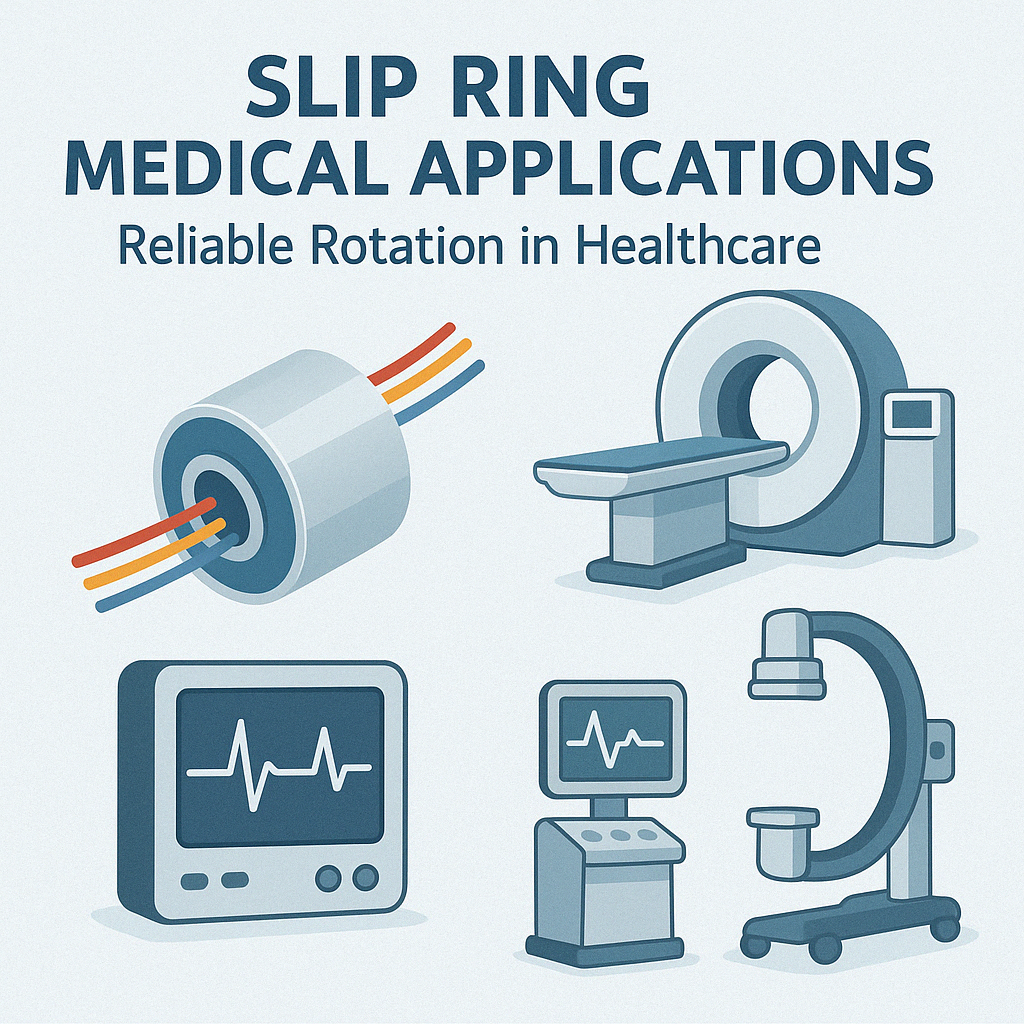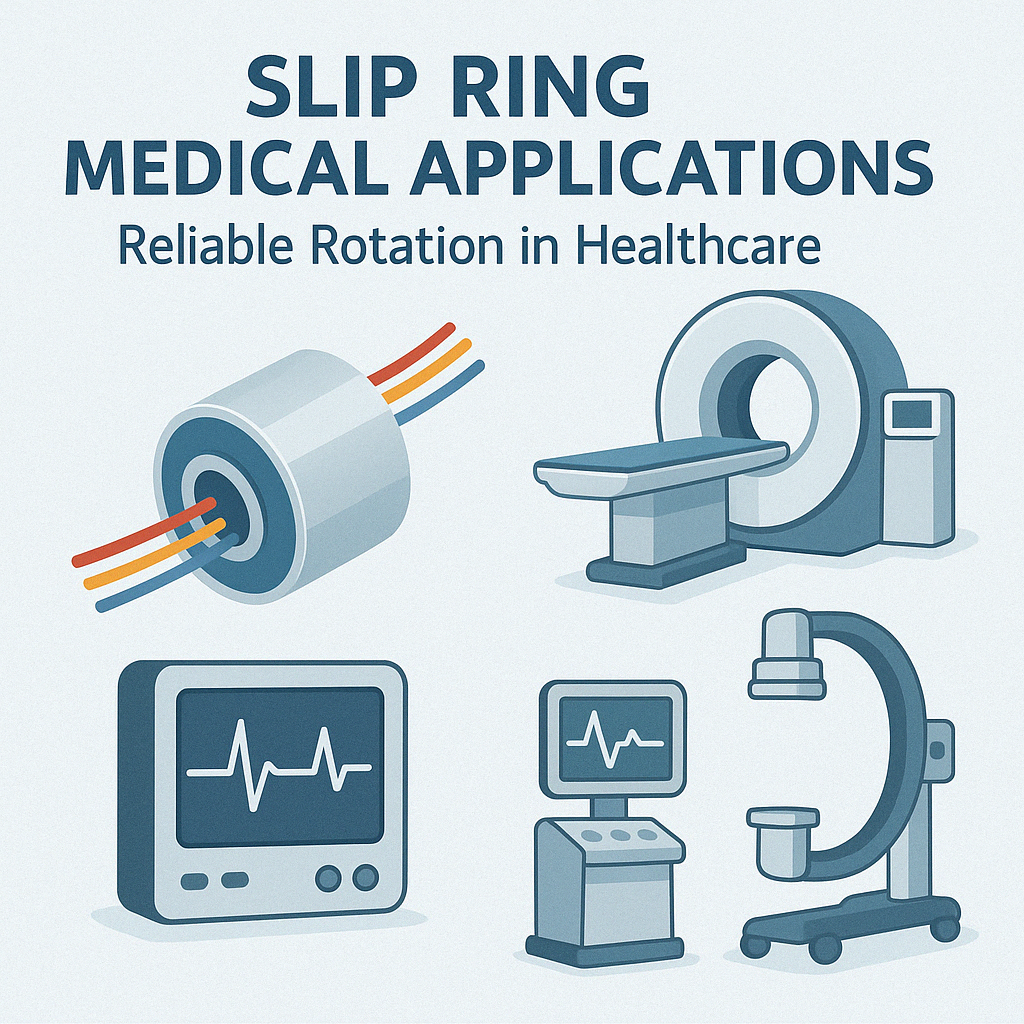Subtotal: $86.00
Slip Ring Medical Applications | Reliable Rotation in Healthcare
 Slip Ring Applications in Medical Devices: Precision Meets Reliability
Slip Ring Applications in Medical Devices: Precision Meets Reliability
In the world of medical technology, precision, reliability, and uninterrupted operation are non-negotiable. Many advanced medical devices rely on rotating components to deliver real-time imaging, diagnostics, and treatment. To enable seamless power and signal transfer across these rotating parts, slip rings play a vital role.
 Where Are Slip Rings Used in Medical Devices?
Where Are Slip Rings Used in Medical Devices?
-
CT Scanners (Computed Tomography)
→ Slip rings allow continuous rotation of the X-ray source and detector, transmitting data and power without cable twisting. -
MRI-Compatible Robotic Systems
→ Specialized non-magnetic slip rings support movement without interfering with magnetic fields. -
Endoscopic Equipment
→ Motorized, rotating camera heads use miniature slip rings for power and video signal transfer. -
Surgical Robots
→ High-precision robotic arms require slip rings for transmitting control signals and tool feedback in real time. -
Patient Monitoring and Dialysis Equipment
→ Slip rings enable movement and rotation while maintaining critical monitoring data flow.
 Key Design Requirements for Medical Slip Rings
Key Design Requirements for Medical Slip Rings
-
Compact size for small-scale integration
-
Low electrical noise for accurate signal transmission
-
Sterilizable or sealed housings (IP65+)
-
Biocompatible and corrosion-resistant materials
-
Support for high-speed data (HD video, Ethernet, fiber optic)
-
Smooth rotation with minimal torque and friction

 Customized Slip Ring Solutions for Medical Systems
Customized Slip Ring Solutions for Medical Systems
At slip-ring.com, we offer tailor-made slip ring designs to meet the strict regulatory and performance standards of the medical industry:
-
Capsule and through-bore types
-
Integration with signal types: USB, CAN, RS485, HD video
-
Long-life brushes and low-wear contact systems
-
Hybrid models with pneumatic or fluidic channels (e.g., dental chairs)
 Why They Matter in Modern Healthcare
Why They Matter in Modern Healthcare
Downtime is not an option in healthcare environments. Slip rings in medical applications ensure:
-
Continuous 360° operation
-
Data integrity
-
Reduced maintenance
-
Higher patient throughput in imaging systems
 Conclusion
Conclusion
Whether in a CT scanner or a robotic surgical arm, slip rings are the invisible backbone of precision and safety in modern medicine. Their ability to transfer critical power and signals across rotating interfaces makes them an essential part of reliable medical equipment.

 R22-2442-W360 Rotary Encoder
R22-2442-W360 Rotary Encoder 